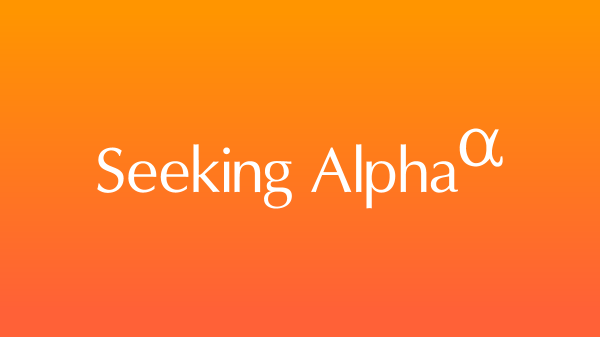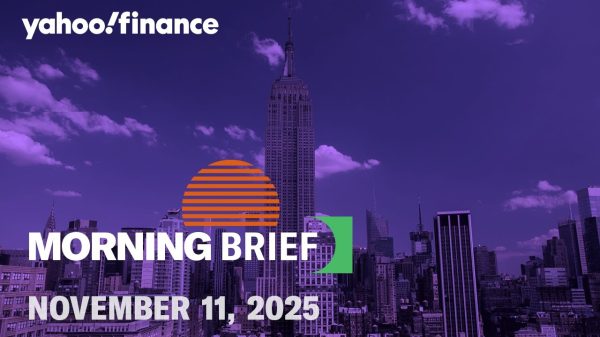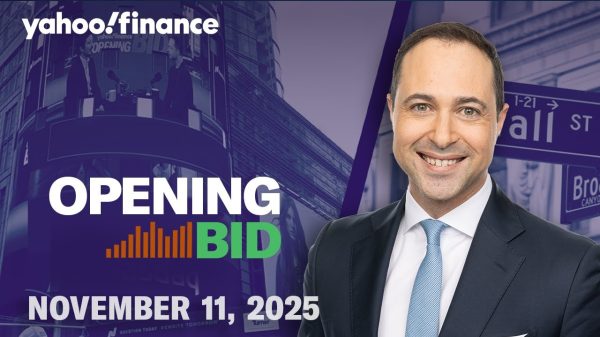The U.S. housing industry needs a renovation. Over the past decade, many banks have pulled back or exited the lending business altogether. Nonbanks, or Specialty Housing Lenders (SHL) as I call them, originate more than two-thirds of mortgages. But many SHLs are now struggling: 23 originators have shut down in the past eighteen months, including Homepoint, which went public in early 2021. With high interest rates and narrow profit margins, several SHLs are suffering through several quarters of losses and now face an existential crisis.
Meanwhile, traditional banks are sticking with their strategic decisions to pull back from mortgage lending. Wells Fargo
WFC,
the second-largest lender in the U.S., is continuing with its retrenchment amid regulatory challenges. Other banks have shied away from lending in the wake of Silicon Valley Bank’s meltdown earlier this year, as there is renewed focus on anticipated capital requirements and duration risk.
I served as a CEO of a bank and a SHL, and I’m concerned about the damage to the home-lending infrastructure because of the forces I mentioned. We should view these phenomena as more than free-market oscillations. Rather, we have an opportunity to shape, redefine, and implement a stronger and more sustainable housing policy that includes more banks and makes SHLs more durable.
SHLs are extremely sensitive to the cyclicality of interest rates, and that’s what makes running these organizations a challenge. They are subject to large swings in profitability. This is largely why many SHLs fail when rates rise and margins collapse.
Liquidity crunch
But here’s the biggest and most existential issue that SHLs face: liquidity. Because these firms cannot accept deposits, SHLs depend either on banks or public securitization markets for liquidity. The regulatory and capital constraints on banks quickly transmit to SHLs. In other words, when a bank catches a cold, a SHL catches the flu. If public markets freeze, some of the best managed SHLs can fail because of a lack of liquidity. Ironically, making banks stronger may make SHLs weaker, and therefore the entire home-lending infrastructure becomes less resilient.
Several SHLs tried to solve this problem by trying to go public in 2019 and 2020. But the aftermath has been bloody, with many SHLs shuttering. Those that remain face the same existential risk. A SHL which is solely focused on mortgage origination is fundamentally disadvantaged when trying to access public markets unless it can reasonably predict future cash flows and build counter-cyclicality in the business.
Here’s a solution to this problem: extend the same Federal Home Loan Banks (FHLB) infrastructure that’s available to banks to SHLs. Perhaps SHLs can be subject to higher FHLB fees and higher standards of regulatory supervision to make these firms more accountable in the absence of public market scrutiny.
Because banks can hold deposits, they have a significantly better liquidity structure. Furthermore, banks also have a lower cost of capital and are thus well positioned to be natural holders of assets such as Mortgage Servicing Rights (MSRs) across interest rate cycles. The existing financial system is designed for banks to be relatively better provider of mortgages because they can rely on backup liquidity systems like the FHLB. What’s more, banks are subject to stronger governance and a more established regulatory system.
Let’s get banks back into the business of mortgage lending. J.P. Morgan Chase
JPM,
and Bank of America
BAC,
prove that you can run great businesses by building robust and reasonable risk infrastructures while also not deviating from the fundamentals of good lending practices. Maybe there can be a limit to the size of mortgage divisions so there is less regulatory and operational risk for banks. Well-defined risk parameters can also provide a compass for bank operators to run their businesses more effectively. It’s peculiar that banks shy away from the largest consumer asset class. We must reengage banks to come back into the business of responsible home lending.
A robust housing infrastructure requires a healthy balance of bank and SHL participation. With more liquidity, SHLs can become more resilient. With fewer capital and regulatory requirements, banks can once again focus on home lending. Decades ago, the innovation of the 30-year mortgage democratized credit and allowed millions of Americans to buy a home, with the support of Fannie Mae, Freddy Mac, and Ginne Mae. Let’s build upon this foundational work by providing and protecting homeownership with a stronger and more sustainable system.
Sanjiv Das was the CEO of CitiMortgage and Caliber Home Loans.
More: Consumer confidence climbs to 2-year high as worry over inflation and recession ease
Also read: Fed officials were slow to fight inflation. Now they may be too easy on it.
Read the full article here












